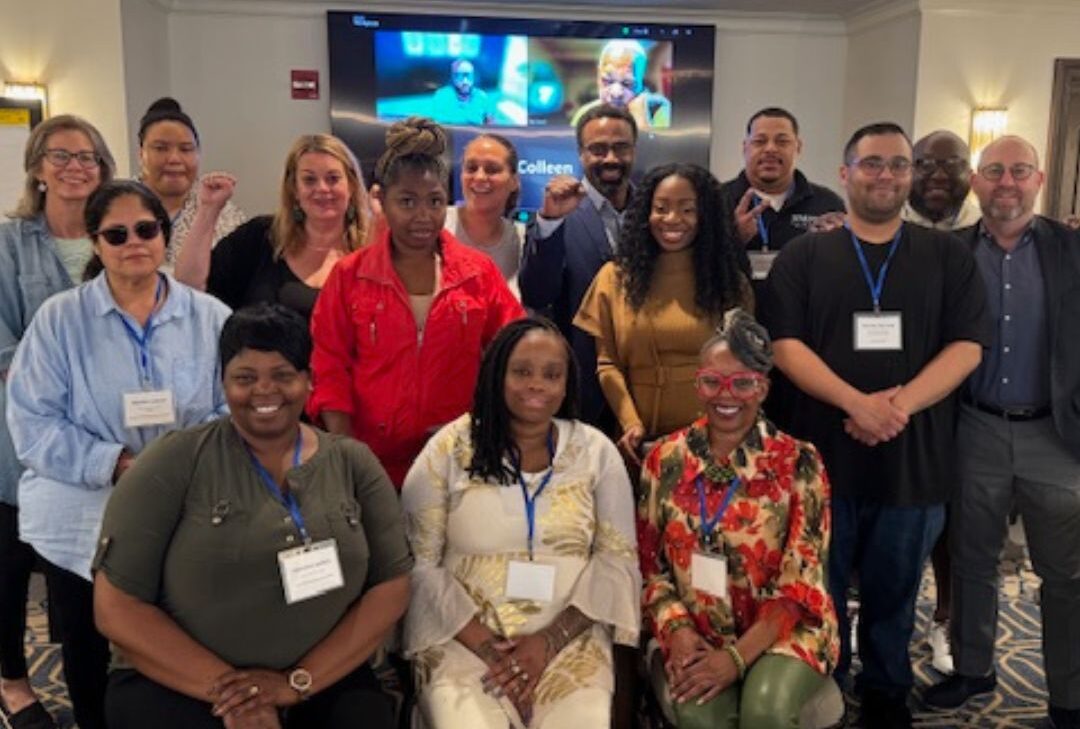California counties are now keeping more people out of jail while they await trial and maintaining community safety thanks to an influx of funding dedicated to advancing pretrial services. In 2021, legislators allocated $140 million for counties to either form or expand their pretrial programs. A year later, they have used the money for a myriad of successful improvements, including hiring additional pretrial officers, creating automated reminders to appear in court, and forging partnerships with service providers.
“We’re seeing courts and their pretrial services providers offer supports that will help an individual stay on track to return to court for trial, while also reducing any sort of public safety concern,” said Deirdre Benedict, supervising analyst at the Judicial Council of California, which oversees the funding. “They are able to get down to some of the root causes of what prevents people from returning to court in the first place, whether they’re homeless, they don’t have a mode of transportation, they have mental health issues, or other challenges.”
The funding comes on the heels of years of advocacy to reduce the use of financial conditions of release, which resulted in people being unfairly jailed simply because they could not afford to pay for their release, and, instead, to amp up pretrial services to help people appear in court and remain law-abiding. In 2017, a group of state judges issued recommendations outlining how courts could make release decisions more uniformly while also ensuring that people returned to court. Among the recommendations was that pretrial services should be established in every county.
At the time, some counties did not have pretrial programs at all, while others were missing components crucial for success. Now, counties are experimenting with novel technology and support services that have proven effective.
We’re seeing courts and their pretrial services providers offer supports that will help an individual stay on track to return to court for trial, while also reducing any sort of public safety concern.
Sacramento County, which is one of the state’s most populous counties and home to its capital, has received approximately $11 million over three years for pretrial improvements aimed at supporting people’s success while on pretrial release and ensuring timely release from jail.
The county hired 25 new staffers, including sworn officers and support staff, to create an entirely new pretrial services division within its probation department. Officers use the Public Safety Assessment (PSA), a pretrial assessment used by judicial officers to inform conditions of release, if any. Since creating the division, the county has completed more than 40,000 screenings. Officers also ensure compliance with release conditions, and they offer resources such as a clothing closet, free bus passes, and cell phones.
The county expanded supportive pretrial services by funding social workers in the public defender’s office. The social workers assess people after they are arrested; recommend services such as housing, drug use rehabilitation, or mental health treatment; and relay their recommendations to the public defenders to strengthen their case for release.
A night court focused on pretrial arraignment hearings was also created. A unit is dedicated to prepare pretrial investigation information to the court to expedite pretrial release.
“Some people can just check in with probation, get court reminders, and appear in court. But there are others who need additional help to ensure that they come to court,” said Star Tingle, who is a business analyst at the Sacramento Superior Court. “We figured if we try to assist them with those supportive services, that will make it more likely they will come back.”

According to data provided by Sacramento County, the program has been a success. Approximately 4,700 people have been invited to participate in the pretrial program, and 86.6 percent of people who are on pretrial release have remained law-abiding.
The introduction of the pretrial program has also helped alleviate long-standing crowding problems at the Sacramento County Jail. In 2020, the county entered a federal consent decree that required it to reduce its jail population. Now that a person’s release does not depend on their financial situation, “Pretrial release is a viable option to help alleviate overcrowding, “ stated Shaunda Cruz, chief deputy of the Sacramento County Probation Department.
Cruz shared several success stories from the program. In one, she described how a man who is unhoused regularly reports to the pretrial services office to charge the battery on his tracking device, a condition of his pretrial release. One reason he has been able to stay out of jail, he said, was because the pretrial office provides him with a bus pass, hygiene bag, and clothing.
In another, a woman did not have a place to stay when she was released from jail. A pretrial officer referred her to a housing specialist, who was able to find her an apartment where she has been staying. Instead of worrying about her housing situation, she was able to focus on finding a job.
Smaller California counties are also reaping the benefits of additional pretrial services. In Merced County, which is located in the San Joaquin Valley, officials have received roughly $1.5 million from the state. They’ve put it toward several programs, including a court date reminder system and forthcoming ride-sharing service specifically tailored to the pretrial population. People receive the reminders, and will eventually be able to request rides, through an app that they are required to download onto their phone as a condition of their release. If someone does not have a phone, Merced County Probation will provide them with a device that solely supports the app. Additionally, the county adopted the PSA to help determine what supports will help a person be successful during the pretrial phase.
Some people can just check in with probation, get court reminders, and appear in court. But there are others who need additional help to ensure that they come to court.
Officials have collected data on the effectiveness of the new programs, but it is not yet ready to be analyzed. In the meantime, they are exploring how to better share data—once it is ready to be shared—so they can see the full impact of the changes.
“It’s important to know what enhancements we may need so that we can better support people and work to eliminate barriers that make it difficult for them to attend court,” explained Amanda Toste, court executive officer for the Merced Superior Court.
Toste said that making the changes has been a positive experience because of buy-in from stakeholders prior to the implementation of new services.
“It’s a collaborative justice community,” she said. “I think that may have contributed to its success because it was something that was, and remains, a topic of frequent discussion.”
About the Author
Lauren Gill is a freelance journalist writing about issues in the criminal legal system, focusing on the death penalty, jails, and prisons.





